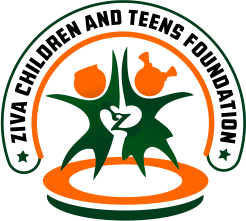Statistics and Context
Global and Nigerian Context
- Population: Nigeria has a rapidly growing population, with approximately 44% under the age of 15.
- Education: Despite improvements, about 10.5 million Nigerian children are not in school, with a significant gender gap disadvantaging girls.
- Health: Nigeria has one of the highest rates of child mortality globally, with approximately 857,000 children under the age of five dying each year.
- Poverty: Around 87 million Nigerians live in extreme poverty, affecting children’s access to education, nutrition, and healthcare.
- Child Labor: An estimated 43% of children aged 5-17 are engaged in child labor, impacting their education and health.
These statistics underscore the urgent need for comprehensive interventions to support the well-being and development of children and young people in Nigeria.
Collaboration Initiatives
Our collaboration initiatives include joint programs, resource sharing, and advocacy campaigns. By working together, we amplify our efforts and achieve greater outcomes for children and young people.
Impact and Success Stories
The Ziva Children and Teens Foundation has made a significant impact on the lives of countless children, young people, and families. Our success stories are a testament to the effectiveness of our programs and the dedication of our team.
Case Studies
- Child Advocacy: Through our advocacy programs, we have empowered children to speak out and effect change in their communities.
- Parent Support: Our parenting workshops have helped families develop stronger bonds and create nurturing environments for their children.
- Health and Wellness: Our wellness programs have improved the physical and mental health of numerous children and teens.
Testimonials
- Parent: “The Ziva Foundation has been a lifeline for our family. The support and guidance we received have made a world of difference.”
- Child: “I feel more confident and empowered, thanks to the programs at Ziva. I know my voice matters.”
Impact Metrics
- Education: Increased school enrollment and academic performance among participants.
- Health: Improved health outcomes, including reduced rates of malnutrition and better mental health.
- Advocacy: Successful policy changes and increased awareness of children’s rights.
